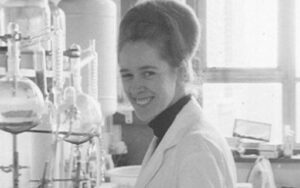How Advanced Reproductive Technology Has Made SET the Standard of Care in IVF
In the past, the normal protocol in IVF treatment was to transfer two embryos, and sometimes three, to improve the chances that one embryo would implant and result in a healthy pregnancy. The downside was a greatly increased chance of having twins or high-order multiples like triplets. Now, single embryo transfer (SET) is the new standard of care, based on new guidelines issued in 2017 by the American Society for Reproductive Medicine (ASRM) and the Society for Assisted Reproductive Technology (SART). SET is recommended for all women under age 38, and for those up to age 42 if preimplantation genetic screening (PGS) determines an embryo has the normal number of chromosomes. Recent research has found the success rate with SET to be as good as that with multiple embryos if the embryo doesn’t have chromosome abnormalities. And singleton babies are less likely to have the health issues associated with multiple births, such as low birth weight, being born prematurely, and an increased risk of birth defects.What has made this change possible? Many years of research and technology improvements in assisted reproductive technology (ART) have contributed to this new standard of care.
Now, single embryo transfer (SET) is the new standard of care, based on new guidelines issued in 2017 by the American Society for Reproductive Medicine (ASRM) and the Society for Assisted Reproductive Technology (SART). SET is recommended for all women under age 38, and for those up to age 42 if preimplantation genetic screening (PGS) determines an embryo has the normal number of chromosomes. Recent research has found the success rate with SET to be as good as that with multiple embryos if the embryo doesn’t have chromosome abnormalities. And singleton babies are less likely to have the health issues associated with multiple births, such as low birth weight, being born prematurely, and an increased risk of birth defects.What has made this change possible? Many years of research and technology improvements in assisted reproductive technology (ART) have contributed to this new standard of care.


